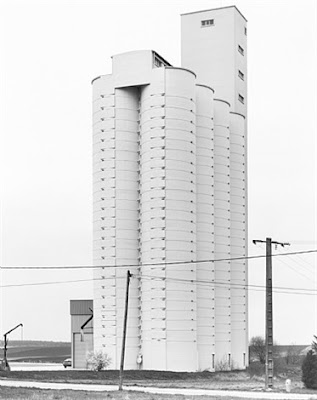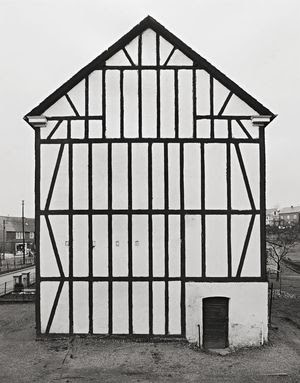Writing and
posting a blog has been a very valuable experience for me as it enables me to
combine all of my working methods in one place, and in chronological order.
When I work out ideas I tend to write and sketch in a sketchbook, often in
haphazard and erratic ways. Pages are not in the right order, some ideas are on
separate scraps of paper, some photos I have to find again as I recall them and
how relevant they will be to my progress. And so the blog becomes a catalyst to
bringing all of it together.
Ideas often
come to me when I see something while I’m out, or when I’m watching a film.
Painting and literature also inform my work, and other photography can sometimes
be at the bottom of the pile of inspirational material. Keeping the blog has
placed these thoughts and plans into a more coherent order, and it has allowed
me to reflect on them, with all my influences tidily in one place. The act of
keeping material and updating the blog regularly also made me think faster, and
allowed me to question my motives. It was like giving myself a critique every
few days and I found this aspect of it exhilarating and motivating.
As I looked
back on my first few updates I was conscious of varying the posts, and
subsequently made sure I posted not only sketches, but work I had seen by
others in various media, written plans and reflections, and of course my own
practical work. This would mean producing work quickly, with no messing around,
and presenting it in a way that was clear to the reader, particularly in the
context of my project and the blog so far. In terms of practicality, I found I
could update and alter my blog wherever I was, whether in front of my computer
or even on my phone. This instant access meant no idea would be missed, no
research would be forgotten.
In this way
at times I felt I had to consider what to upload and what to leave out. I saw
the blog as a public work which could be seen by anyone, and so I reminded
myself of the fundamental point of it, which was to put across my project
proposal clearly and succinctly. In this sense the blog had to be captivating
and streamlined, with a purpose to it. A
beginning, middle and an end.
Having read
it back frequently, I found the chronology of the blog made me consider how I
work and how my ideas are realised. I found it quite fascinating how my
concepts ebbed and flowed and how looking at the work of others made me
consider my ideas even more. I had some personal problems during this module in
that I was housebound for a month after a knee operation. Reading my blog I can
see how this influenced and effected my work and how not only research but the
conditions around me can make an impact on the meaning behind my work and how
it is realised. Writing a blog is certainly something I will continue to do in
the future.



















































